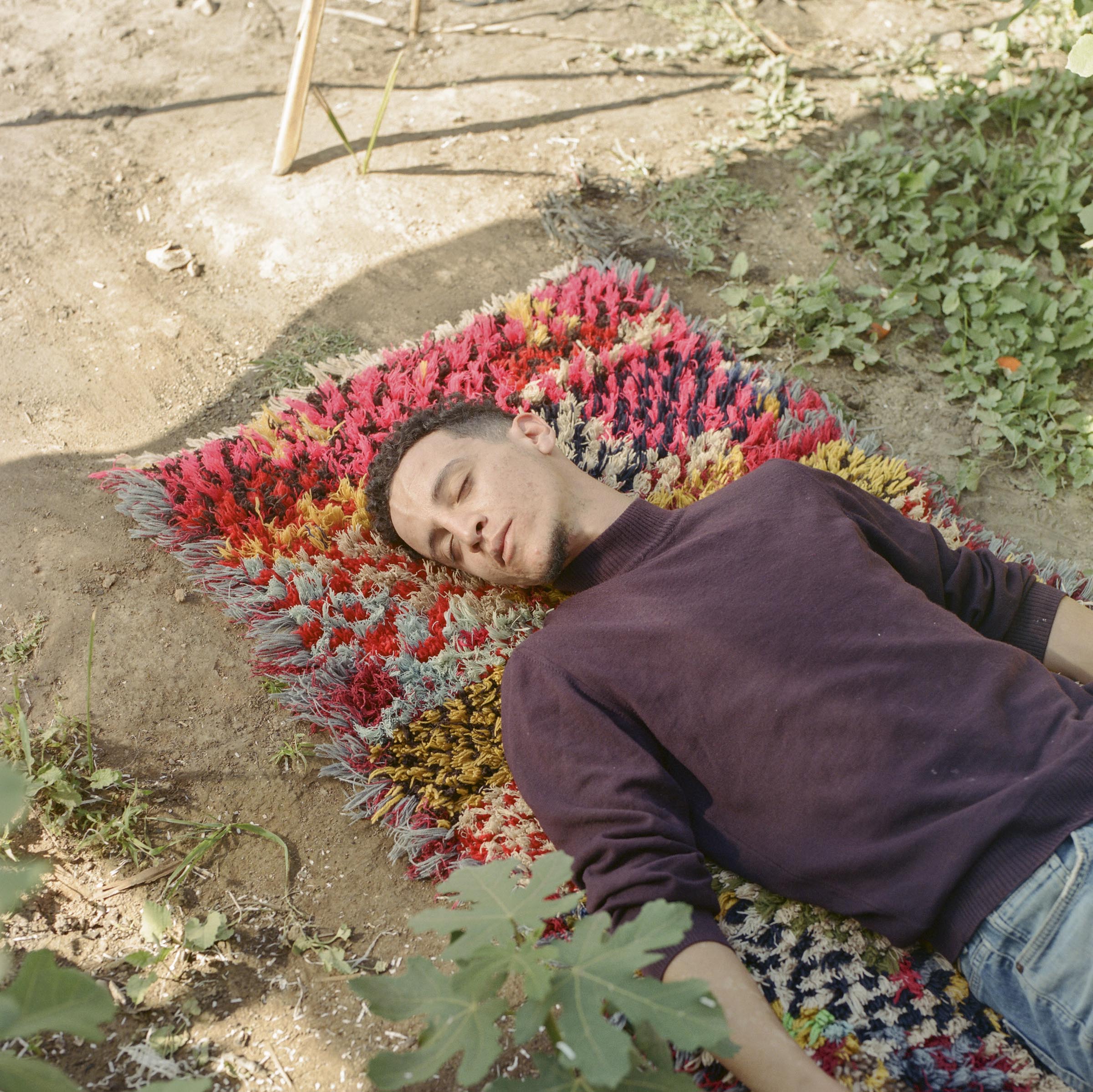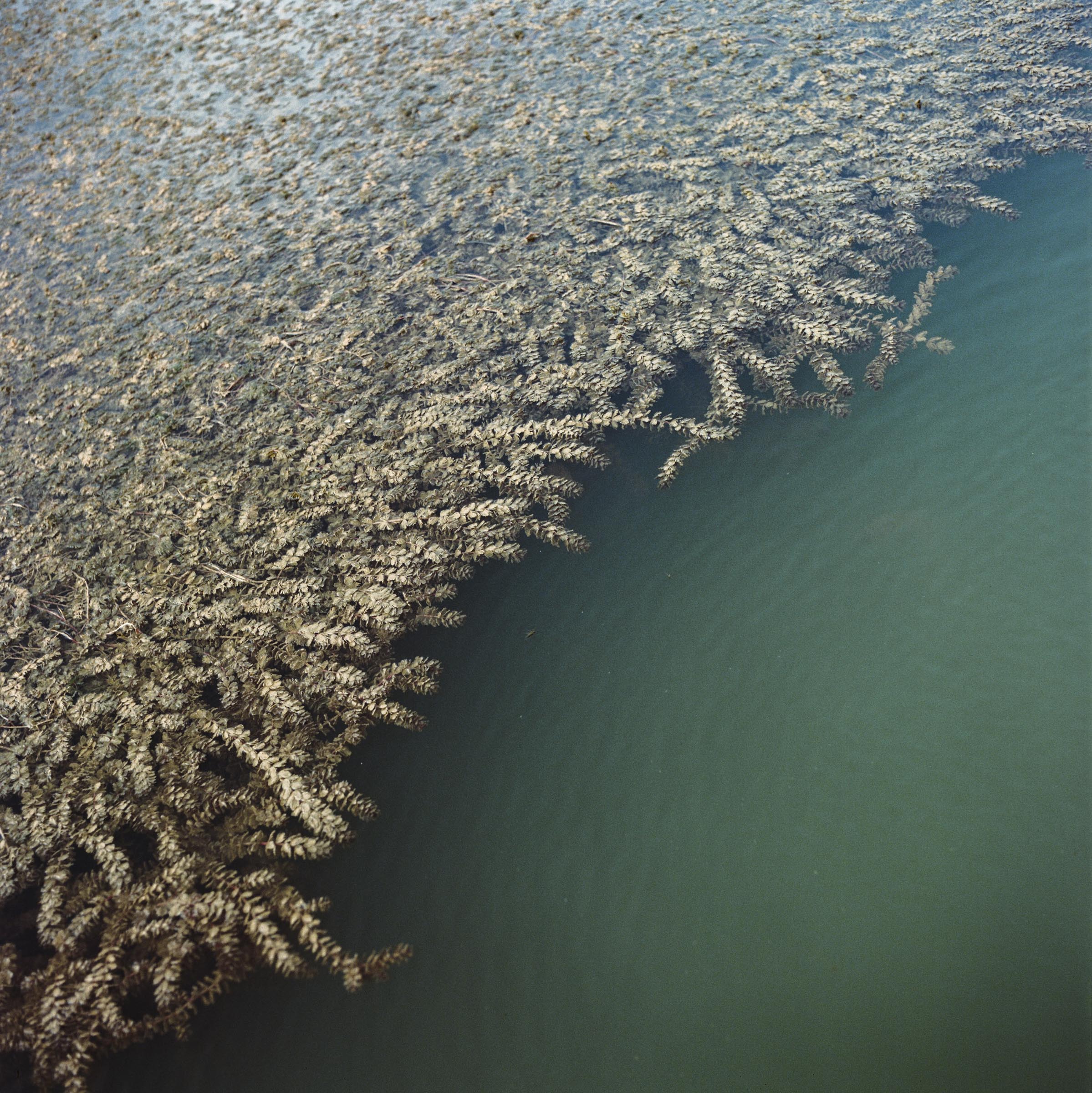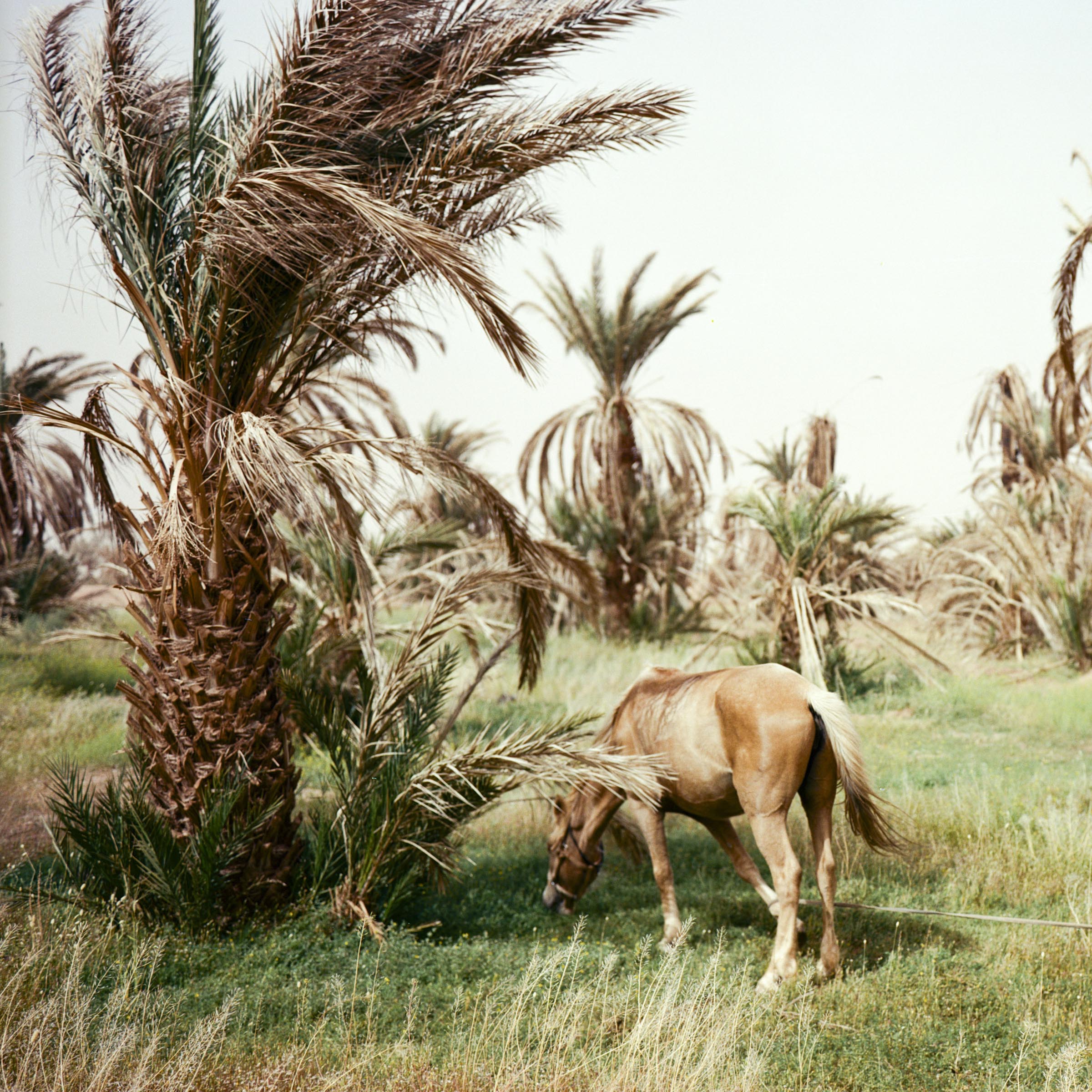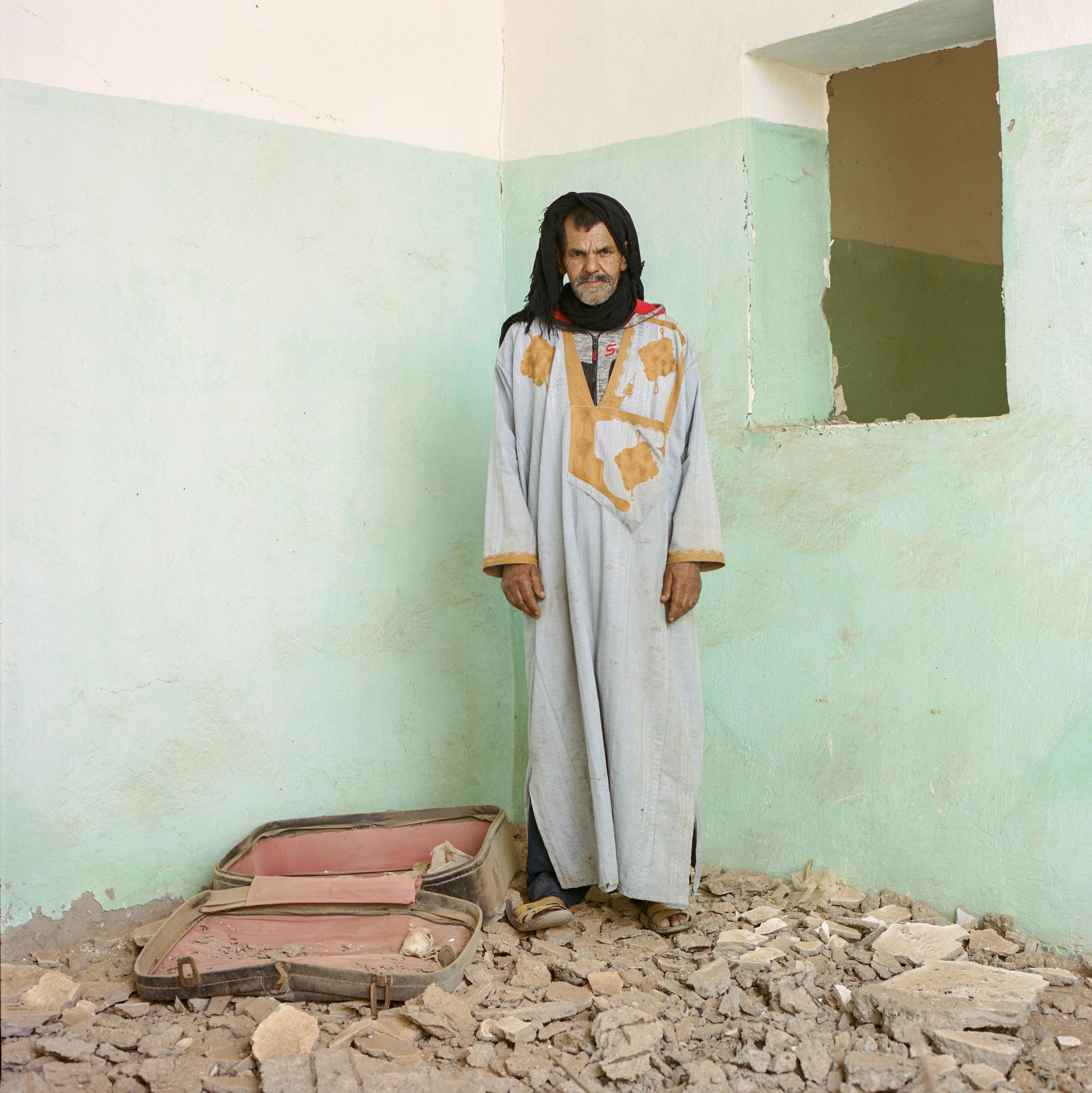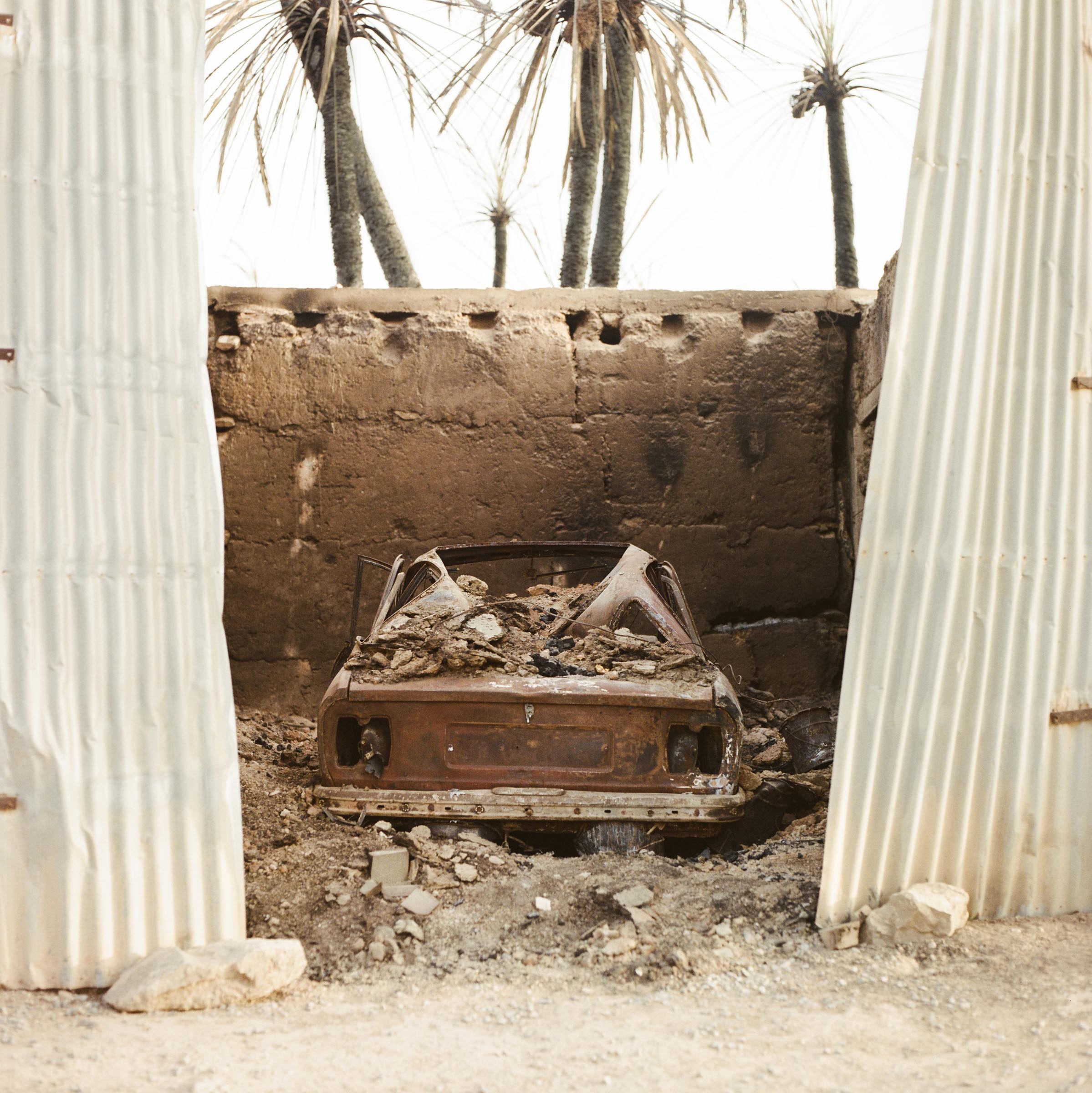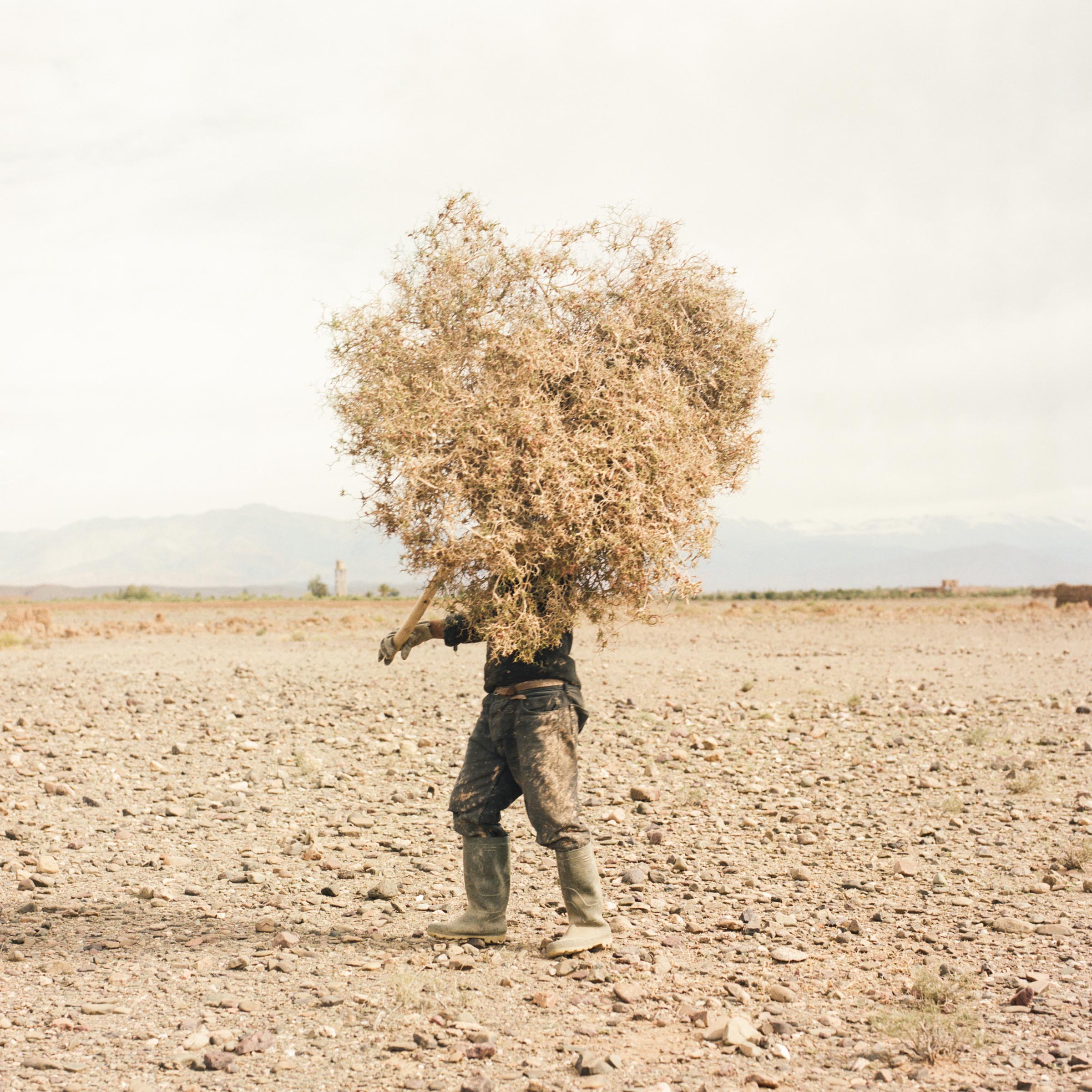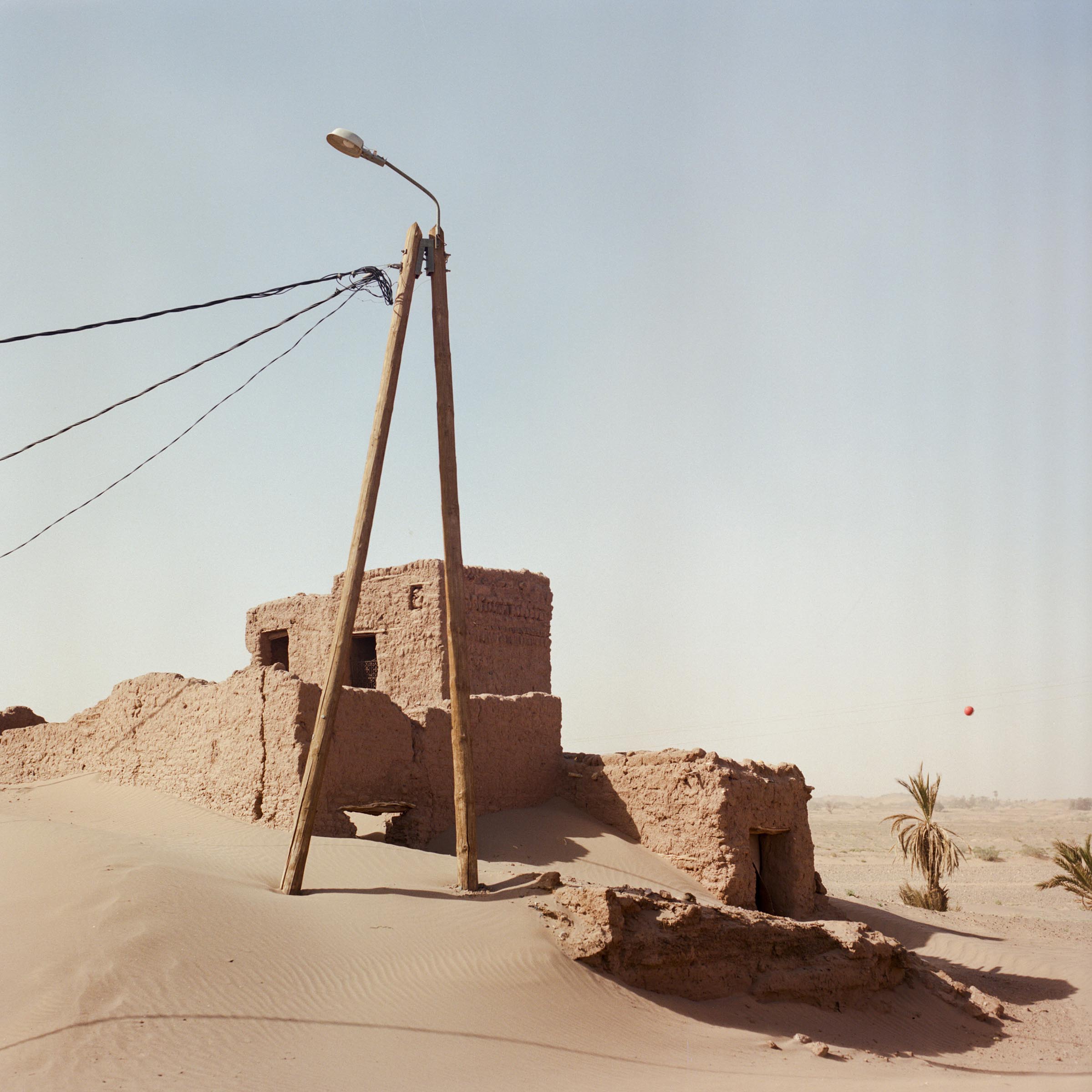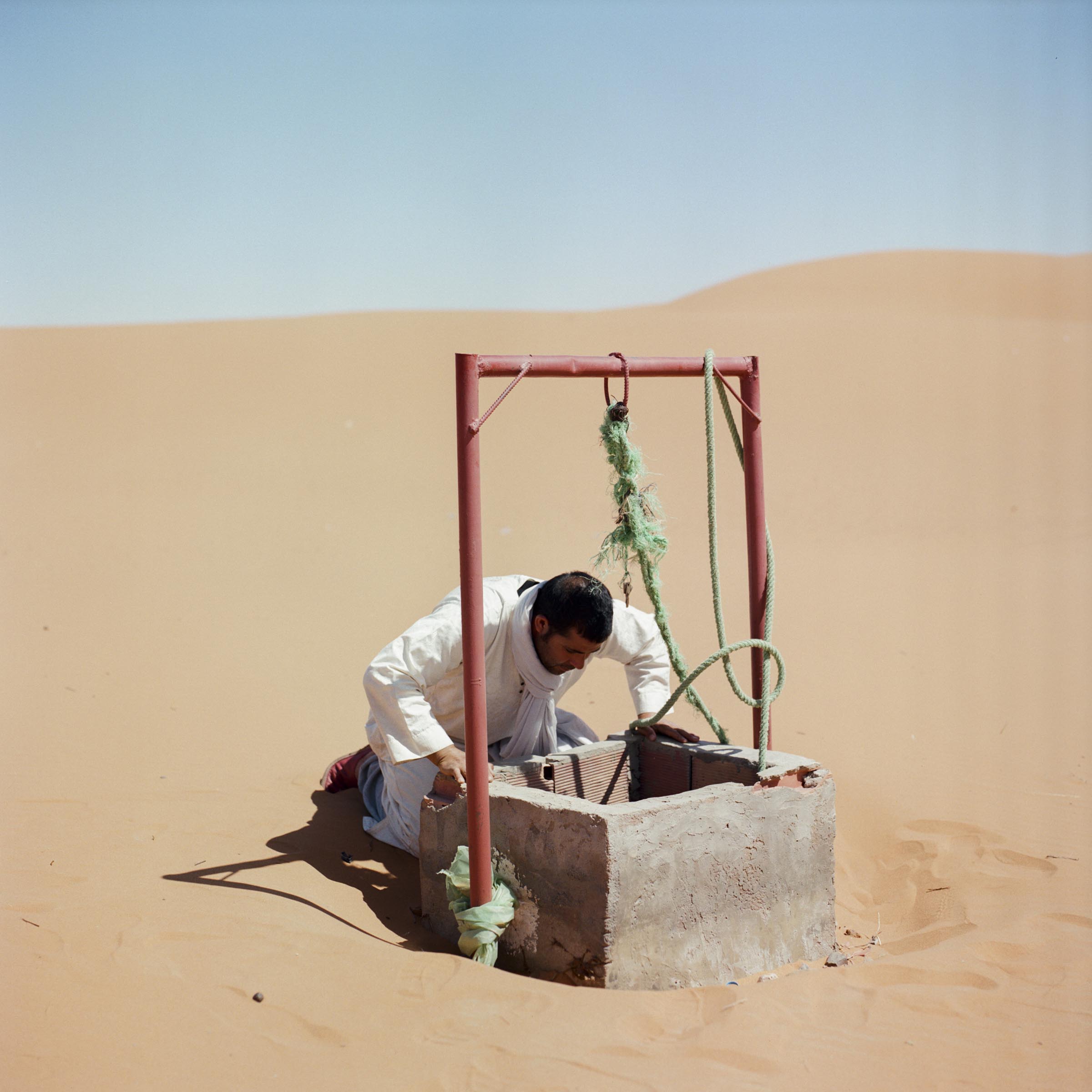Artist Statement
Before It's Gone,
Located in arid and semi-arid regions and considered as an ecological bulwark against desertification and an important refuge for biodiversity, oases constitute an original ecosystem, based on the right balance of three elements: The abundance of water, the quality of the soil and the presence of date palms. The date palms with their parasol-shaped foliage create a real humid microclimate, shaded from the wind and favorable to the development of plants. For the past twenty years, this balance no longer exists and these islands of greenery in the middle of the desert are suffering the impacts of human intervention and climate change. Indeed, according to official statistics from the Moroccan Ministry of Agriculture, over the last century, Morocco has already lost two-thirds of its 14 million palm trees.
In 2019, Greenpeace warned of the threat of extinction facing oases due to the considerable impact of high temperatures on their water resources, resulting in a decrease in agricultural and livestock activities and the displacement of indigenous populations. According to the organization, the frequency of droughts has increased over the past twenty to forty years in Morocco from once every five years to once every two years.
"Before It’s Gone" is an ongoing, long-term photographic project that highlights the complex and multidimensional issues of oasis degradation in Morocco and its impact on its inhabitants. Over the past few years, I have visited many oases, where I have made strong connections with its inhabitants. I was able to understand this rich environment but also its glaring realities. I realized that desertification, recurrent droughts and fires, changes in agricultural practices, overexploitation of natural resources, rural exodus and the sharp drop in the water table are all imminent threats to the existence of oases.
I decided to work on this project to highlight these multiple concerns rarely covered by the media and largely unknown to the general public. My research also aims to better understand different approaches, practices, and programs applied to the valorization, conservation, and sustainable development of heritage sites such as oases, which are known to be environmentally sensitive.
The oasis is a model born of the virtuous interaction of desert populations with their environment. It is a true model of natural and human resource management that can guarantee the prosperity of a group of communities from which we should be inspired. My ultimate hope is that through my research and artistic work, I can share my conviction that oases are exceptional places of life and awaken the awareness of decision-makers and the general public to their undeniable value in order to protect them.

